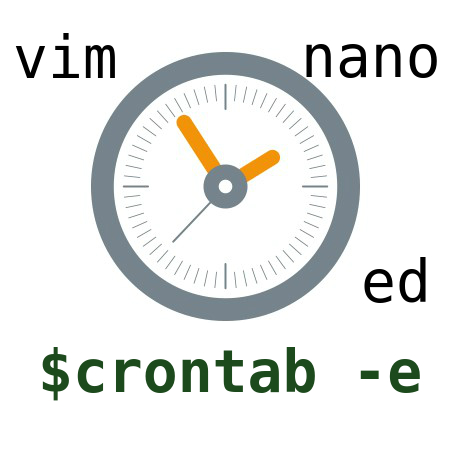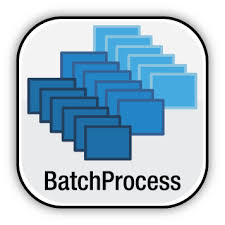A previous article in the PostgreSQL Concurrency series covered how to manage concurrent retweets in an efficient way: in Computing and Caching, we learnt how to maintain a cache right in your PostgreSQL database, using MATERIALIZED VIEWS. We also had a look at how to take care of Batch Updates and Concurrency.
While in the first case we are providing a solution to a technical problem where we want to solve performance issues while keeping the same semantics, in the second case we are actually implementing a part of the application’s Business Logic as a scheduled job.
Today’s article shows a modern technique to handle the scheduling of those business oriented activities that are not tied to any user activity. When thinking about it this way, you certainly don’t want to implement the backbone of your business logic in a shell script that’s directly maintained in the production environment, do you?


